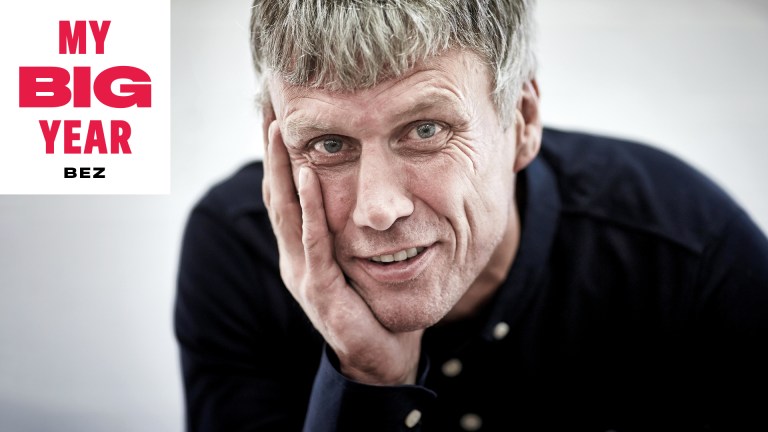“I hear those voices that will not be drowned”. The phrase is cut out of Maggi Hambling’s giant scallop shell sculpture that sits on Aldeburgh’s pebbled beach. The words are taken from Peter Grimes, Benjamin Britten’s opera that is set in The Borough, a fictional fishing village on the east coast of England. In addition to Grimes, Britten wrote handfuls of choral works and, famously, The Young Person’s Guide to the Orchestra. But perhaps his most significant legacy lives on in a corner of East Anglia: the Aldeburgh Festival of Music and the Arts.
Aldeburgh Festival (June 8-24) was first held in 1948, during a period of post-war austerity. Its early instalments were modest, but the event established a reputation for world-class concerts from the outset, thanks to Britten’s connections and curatorial flair. Contemporary music was championed and audiences were encouraged to try challenging, eclectic programmes. That spirit continues today; it was at Aldeburgh that I – like many others – first discovered the experimental oeuvres of Harrison Birtwistle, Oliver Knussen and Elliott Carter. It’s also the only place I’ve attended a concert where ear plugs were recommended (a late-night performance of Antoine Brumel’s Missa Et ecce terrae motus, newly rendered by Russell Haswell).
The last few years have seen Aldeburgh’s programming become increasingly adventurous. In 2013, Britten’s centenary year, organisers showcased an extraordinary production of Peter Grimes, held on the beach, complete with Spitfire flypast. In 2017, I was lucky enough to attend then-artistic director Pierre-Laurent Aimard’s performance of Messiaen Catalogue d’Oiseaux with recitals held at times and venues to celebrate the birds the music represents. (This involved a concert at 4.30am – another first.)
Britten wanted local audiences to experience the artistry that was on show in larger cities
While this year doesn’t have the quirky performances of previous editions (for example, the show given to an audience on rowing boats in Thorpeness Meare last year), the programme is as exciting as ever. Like many classical events, Aldeburgh is celebrating the centenary of Leonard Bernstein; there are concerts dedicated to Britten’s link with America (the composer spent time in California writing film scores). Unlike many classical events, however, Aldeburgh Festival has a focus on the flute thanks to artist-in-residence Claire Chase, who, in tandem with fellow residents, violinist Patricia Kopatchinskaja and conductor John Wilson, has curated strands of the festival. There’s also a much-anticipated premiere of Emily Howard’s new opera To See The Invisible on the opening weekend.
Britten, his partner Peter Pears and colleagues wanted to create an event where internationally acclaimed artists came to the east of England, not solely London and the South East, and for local audiences to experience the same level of artistry that was on show in larger cities. Although Aldeburgh’s audience is now international, organisers work hard to ensure that concerts are accessible for the people the festival was made for. This year, for the first time, £10 tickets are available for every performance, in addition to the free events.









